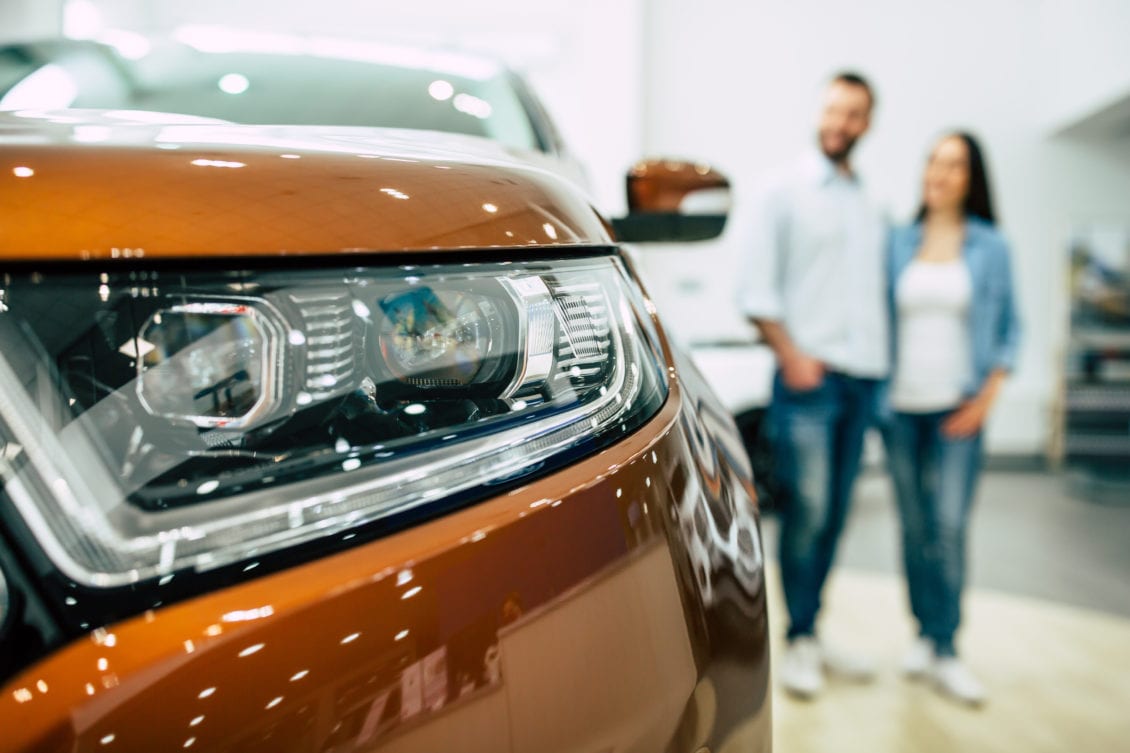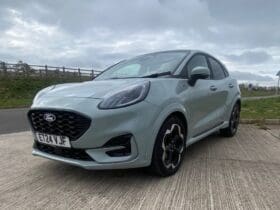Cars used to be guaranteed moneymaking machines, but now the sales of these vehicles are beginning to slow.
Last January saw the worst UK and Welsh car sales of that month in 50 years, something that shouldn’t really have come as a surprise to anybody. Still, it’s not all doom and gloom either, as people’s relationships with the vehicles change for the better. Questions of need and convenience are ultimately beginning to arise as the auto industry continues to evolve.
It’s worth investigating these matters further to find out how things are taking shape in 2021, and potentially beyond. One could likely guess some of the probable influences already, but others may yet come as a more positive surprise.
COVID-19
Few would be surprised to learn that the coronavirus pandemic is partly responsible for a slump in new car sales.
Nevertheless, it’s essential to mention all the same. Stay-at-home orders have meant that prospective buyers obviously can’t tour the dealerships and browse their stock. More professionals working from home may also have meant that there’s little need for a car, anyway.
Additionally, online sales of used cars climbed up at one point in answer to people avoiding public transport. However, scooters, mopeds, and bikes also experienced an uptick of online purchases too. This doesn’t bode well for new car sellers, as they largely market on a feeling of innovation and rejuvenation.
Of course, now that restrictions are beginning to ease somewhat, it could be that things marginally pick up again. However, changes are unlikely to be profound. The effect the coronavirus has had upon the economy may have incited numerous prospective buyers to become more frugal.
Leasing Preferences
Though they may have less money to spend, this will definitely not stop people from driving. Instead of buying a brand-new car outright though, they may seek a more cost-effective arrangement instead.
Leasing companies such as Pink Car Leasing offer a variety of special offers that fit a wide range of budgets, requiring only a modest monthly fee to get out on the road. Customers can search their stock by manufacturer and model, and search for electrics and hybrids too. Moreover, they buy their customer’s old cars as well, and simply create a more financially accommodating and user-friendly service to all.
Also, leasing agreements typically mean that drivers have access to a better class of car. The privilege of driving high-end vehicles no longer needs to be such a financially impactful affair or long-term commitment. Instead, people can decidedly enjoy a more beneficial arrangement here, and have access to a driving experience that they weren’t previously privy too.
Electric Car Expenses
The future is electric… or is it?
The AA recently found that four in five drivers were still concerned about the price of electric vehicles, despite gas equivalents projected to be phased out by 2030. Though sales have gathered more momentum in recent times, this mode of transport should arguably have generated fever pitch levels of excitement in a more environmentally conscious era. Still, the price point seems to be a sobering experience for many and may even deter them from making purchases here entirely.
Though they have pricier upfront costs, electric cars are cheaper to maintain overtime and generally require much less maintenance. Car owners could potentially save money here if they go about things the right way, so the brief financial hit incurred by a purchase would almost certainly be worth it in the long run. Of course, they could always lease an electric vehicle courtesy of Pink Car Leasing too.
Waning Youth Engagement
It could be argued that some industries are shaped by how interested the youth are in them. After all, they’re the next generation of customer.
However, recent reports seem to indicate that 17 to 20-year-olds are in a difficult position when it comes to the prospect of driving. A Department for Transport survey highlighted that 41% of respondents in this age group were put off by the cost of learning to drive, 31% were apprehensive about affording a car, and 30% worried about funding insurance. Interestingly, 19% said they were not interested in driving a car at all.
Without gauging the interest or excitement of young people, those selling cars outrightly face an uphill battle. After all, driving used to be symbolic of youthful independence, and of finding one’s way in the world. Now, it seems that the youth of today either feel cordoned off from this experience or elect to avoid it entirely.
Conclusion
While new car sales may presently be in uncertain territory, the love of driving itself has certainly not diminished. Undeniably, the auto industry needs to evolve with the needs of the people, especially in times of crisis and financial hurt. Consequently, so long as things like affordable leasing agreements remain, there should at least always be a viable way to get driving more comfortably and affordably.









Leave a Reply
View Comments